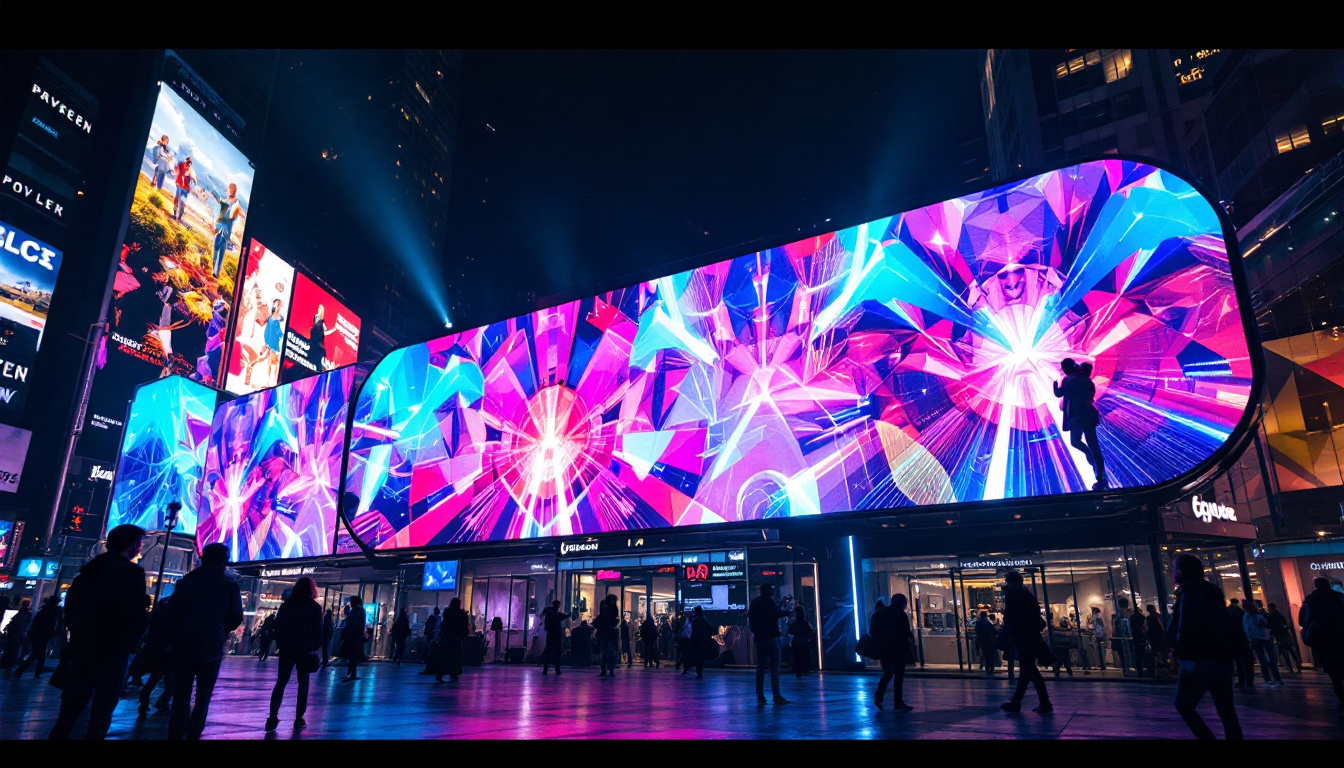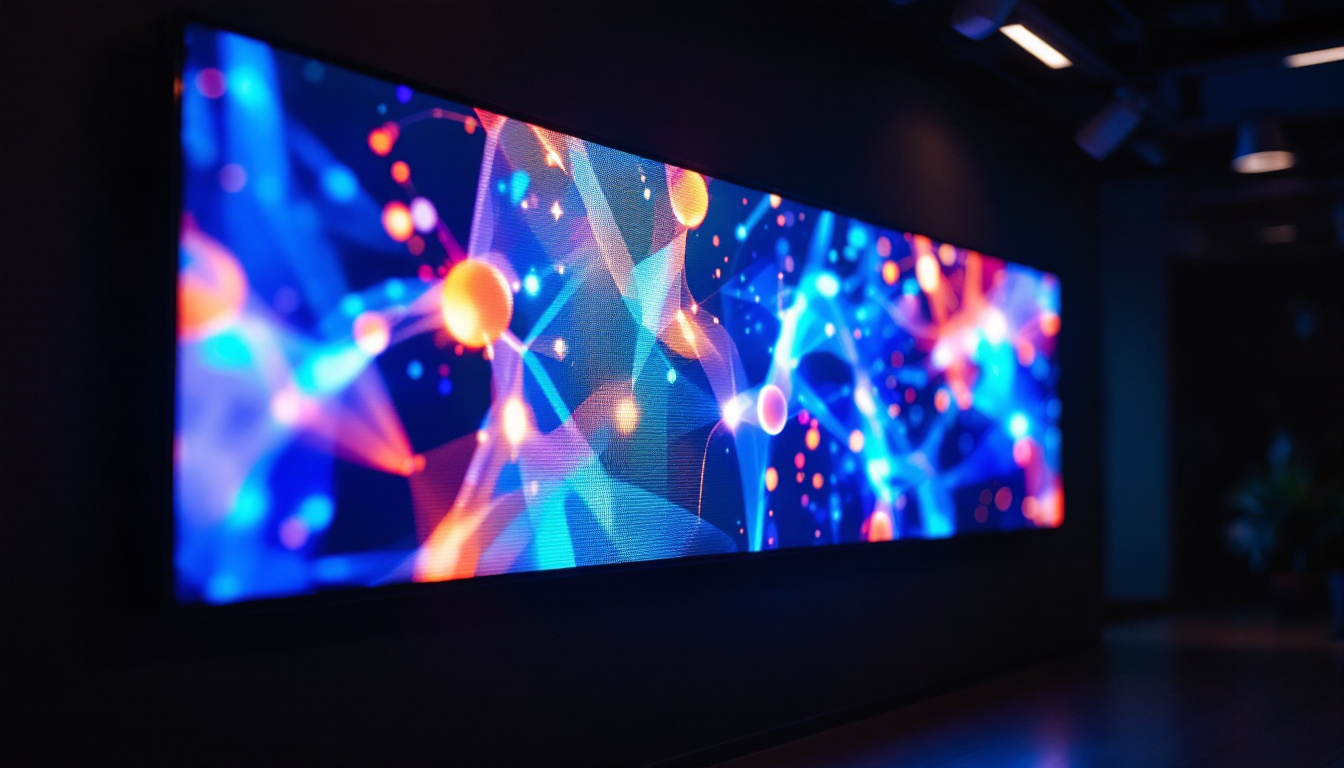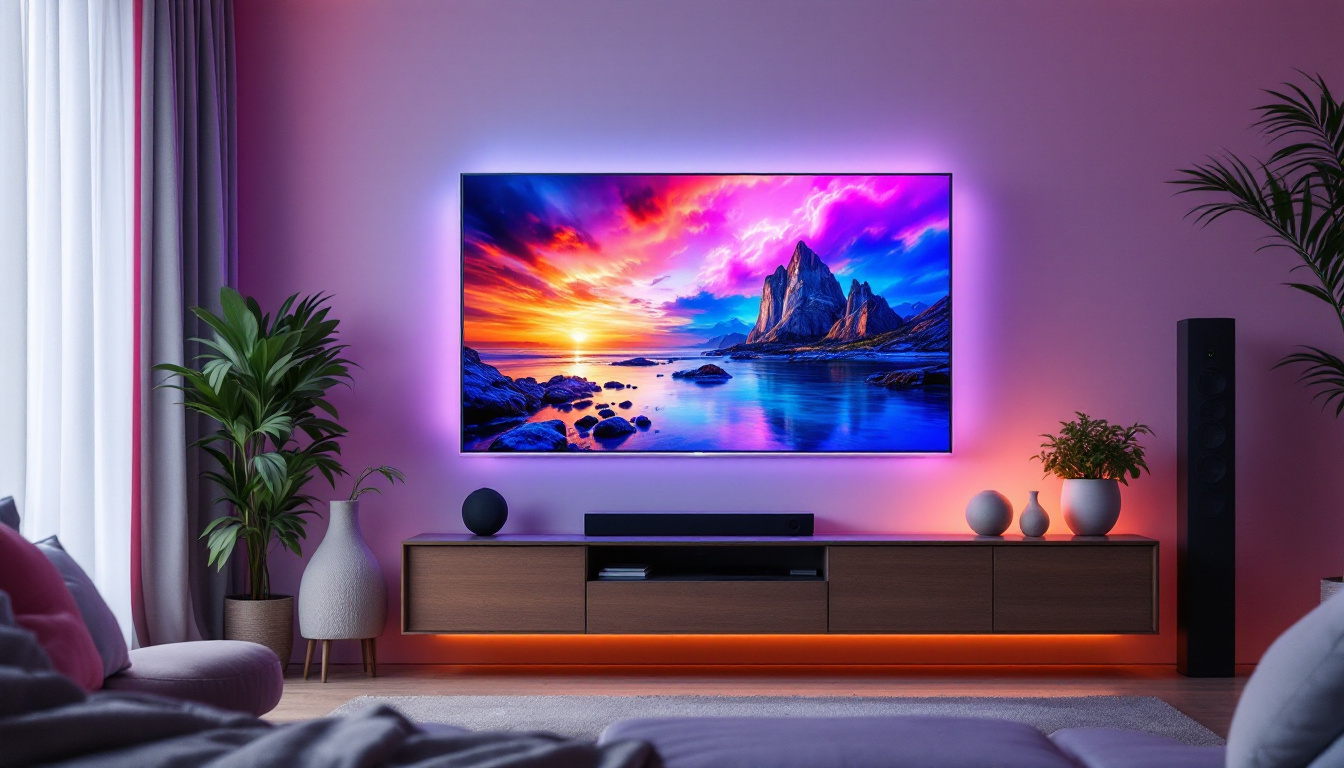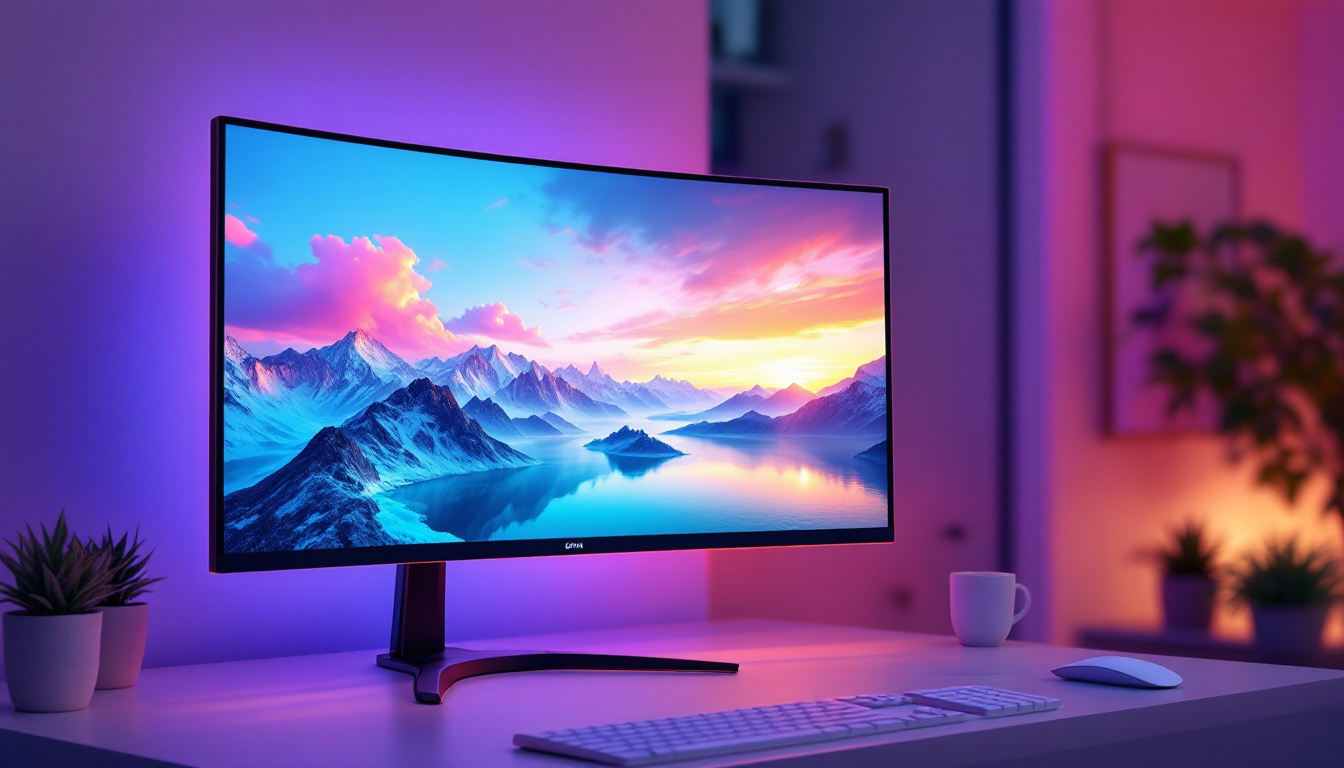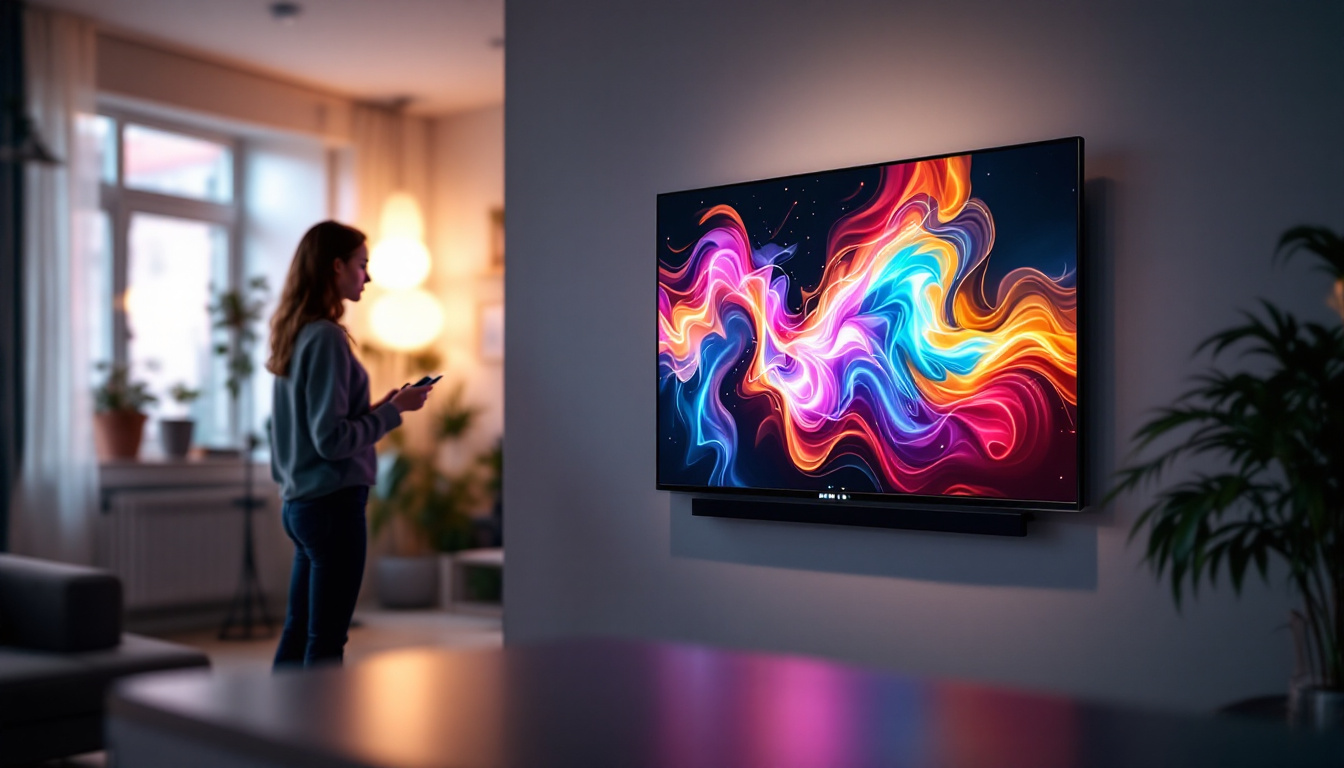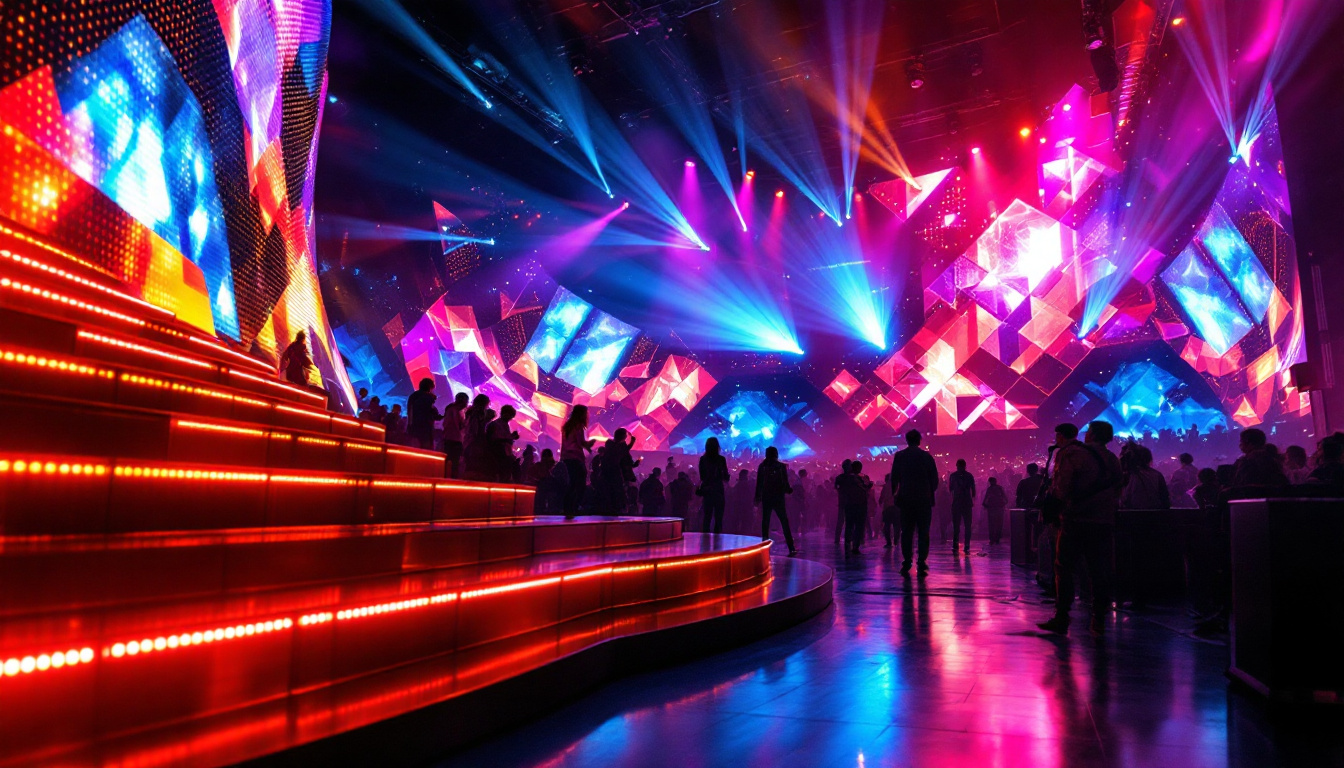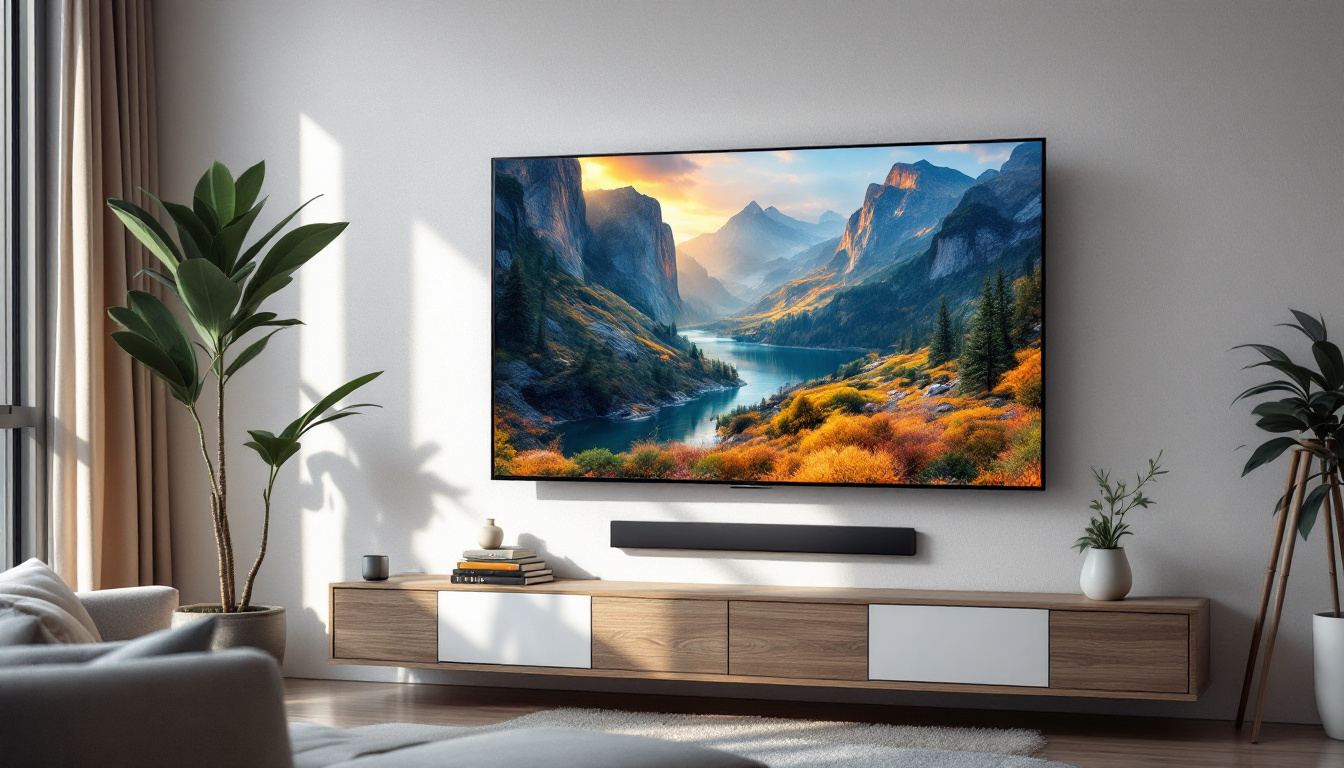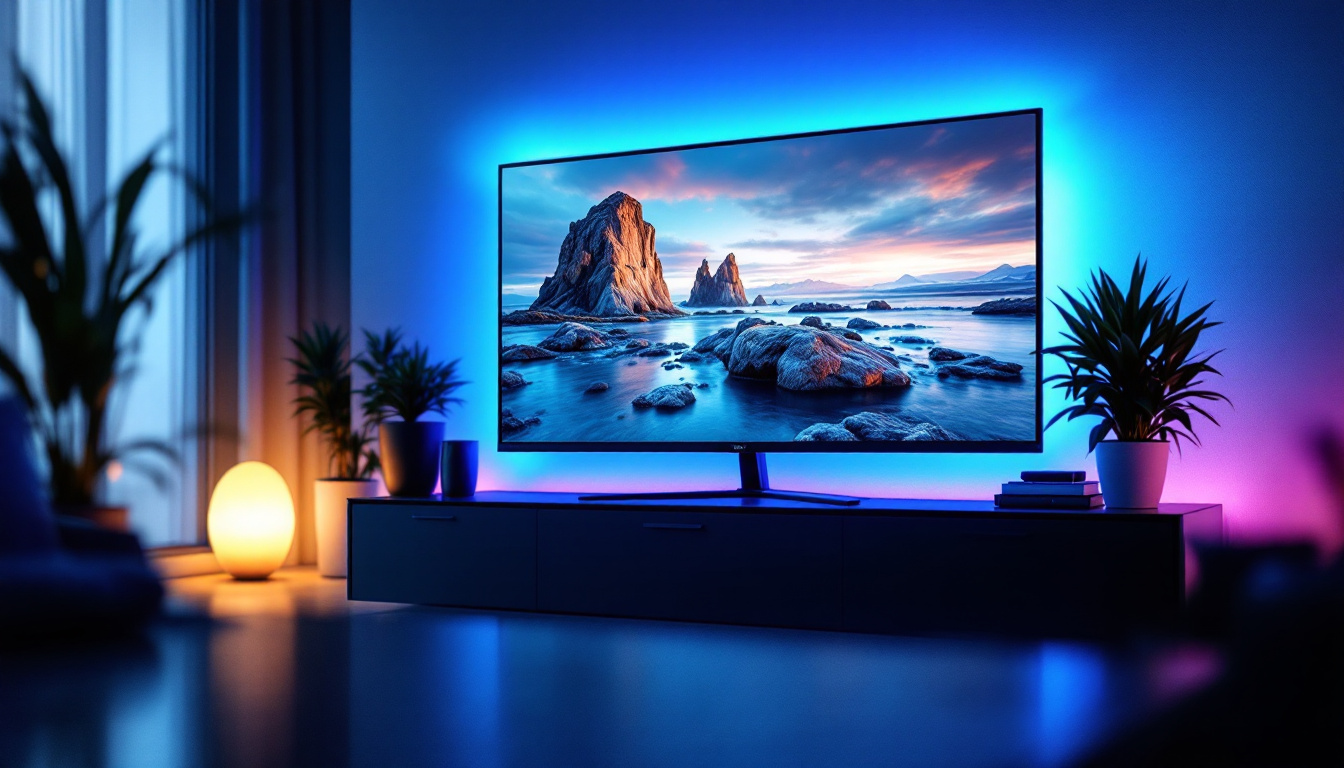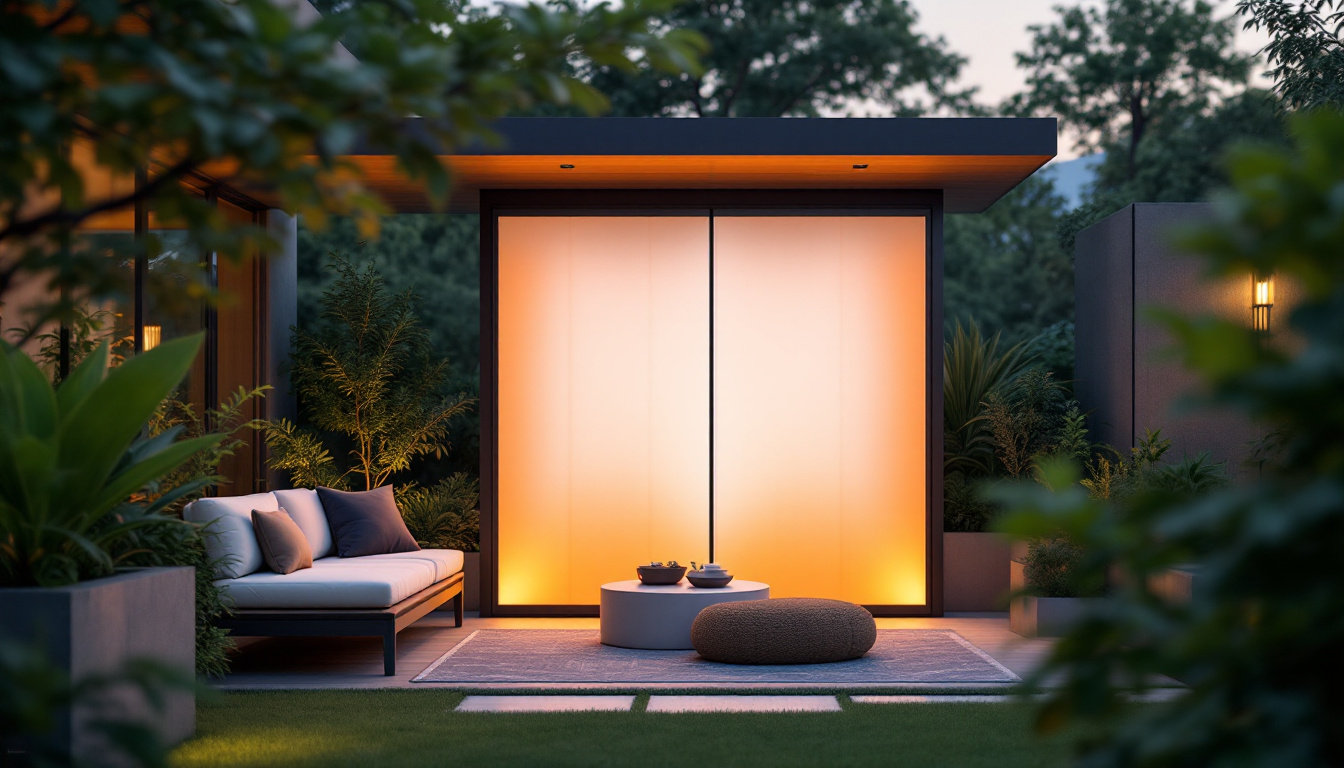In today’s rapidly evolving display technology landscape, the contrast ratio remains one of the most critical factors influencing image quality. Among various display types, LED displays have garnered significant attention for their ability to deliver higher contrast ratios, resulting in vibrant, sharp, and immersive visuals. This article delves into the concept of contrast ratio, why it matters, and how LED displays achieve superior contrast compared to other technologies.
Understanding Contrast Ratio and Its Importance
What Is Contrast Ratio?
Contrast ratio is a measure of the difference between the brightest white and the darkest black a display can produce. It is typically expressed as a ratio, such as 1000:1, where the first number represents the luminance of the brightest white and the second number represents the luminance of the darkest black. A higher contrast ratio means the display can show deeper blacks and brighter whites, contributing to more vivid and lifelike images.
For example, a contrast ratio of 3000:1 means the brightest white is 3,000 times brighter than the darkest black. This difference is crucial for rendering details in shadows and highlights, enhancing overall picture quality. In practical terms, this means that when watching a movie or playing a video game, scenes that contain both bright and dark elements will be more visually engaging and immersive. The ability to discern intricate details in darker areas, such as the subtle textures of a character’s clothing or the nuances of a night sky, can significantly enhance the storytelling experience.
Why Contrast Ratio Matters for Viewers
Contrast ratio directly impacts the viewing experience. Displays with low contrast ratios tend to produce washed-out images where blacks appear grayish and colors lack depth. This can make it difficult to distinguish fine details, especially in dark scenes or high-dynamic-range (HDR) content. Viewers may find themselves straining to see what’s happening on-screen, leading to frustration and a diminished overall experience.
Conversely, a higher contrast ratio improves image clarity, color accuracy, and depth perception. It allows viewers to see subtle gradations in brightness and color, which is essential for applications ranging from home entertainment and professional photo editing to medical imaging and digital signage. For instance, photographers rely on high-contrast displays to accurately edit images, ensuring that the colors and details they see on-screen will translate well to print. Similarly, in medical imaging, a clear contrast ratio can be the difference between spotting a critical detail in an X-ray or missing it entirely, underscoring the importance of this metric in various fields. Additionally, as technology advances, the demand for higher contrast ratios continues to grow, pushing manufacturers to innovate and improve display technologies to meet viewer expectations.
How LED Displays Achieve Higher Contrast Ratios
LED Technology Overview
LED (Light Emitting Diode) displays use an array of tiny LEDs as a backlight source behind an LCD panel or as the direct pixels themselves in the case of OLED and MicroLED technologies. The way these LEDs are controlled and arranged significantly influences the display’s contrast ratio.
Traditional LCDs use cold cathode fluorescent lamps (CCFL) for backlighting, which provide uniform illumination but lack precision in controlling brightness at specific screen areas. LED backlighting, however, offers more dynamic control, enabling higher contrast ratios.
Local Dimming and Its Role
One of the key advancements that enable higher contrast ratios in LED displays is local dimming. This technology divides the LED backlight into zones that can be independently dimmed or brightened based on the content being displayed. For instance, in a scene with bright objects on a dark background, the LEDs behind the dark areas can dim or turn off, resulting in deeper blacks.
Local dimming dramatically reduces light bleed and halo effects around bright objects, which are common in displays without this feature. This leads to a more pronounced contrast ratio and a more immersive viewing experience.
Types of LED Displays and Contrast Performance
There are several types of LED displays, each with different contrast capabilities:
- Edge-Lit LED Displays: LEDs are placed around the edges of the screen, and light is spread across the panel. These displays typically have limited local dimming zones, resulting in moderate contrast improvements.
- Full-Array LED Displays: LEDs are arranged directly behind the entire screen, allowing for more precise local dimming. Full-array LED displays generally achieve higher contrast ratios than edge-lit models.
- Mini-LED Displays: Utilize thousands of tiny LEDs for backlighting, enabling extremely fine local dimming control. Mini-LEDs can achieve contrast ratios comparable to OLEDs, often exceeding 1,000,000:1 in some models.
- MicroLED Displays: These are self-emissive, meaning each pixel is an individual LED that emits its own light. MicroLEDs offer near-perfect blacks and extremely high contrast ratios, rivaling or surpassing OLED technology.
Comparing LED Contrast Ratios with Other Display Technologies
LED vs. OLED
OLED (Organic Light Emitting Diode) displays are often considered the gold standard for contrast ratio because each pixel emits its own light and can be completely turned off to achieve perfect blacks. This results in theoretically infinite contrast ratios.
However, advances in LED technology, particularly with mini-LED and microLED, have narrowed the gap significantly. Mini-LED displays can achieve contrast ratios in the range of 1,000,000:1, approaching OLED performance while avoiding some OLED drawbacks such as burn-in and shorter lifespan.
LED vs. Traditional LCD
Traditional LCDs with CCFL backlighting typically have contrast ratios around 1000:1 to 3000:1. LED-backlit LCDs improve upon this by enabling local dimming, pushing contrast ratios upwards of 10,000:1 or more in high-end models.
This improvement translates into better black levels and more vibrant images, making LED displays a preferred choice for consumers and professionals seeking enhanced picture quality without the premium cost of OLED.
LED vs. QLED
QLED (Quantum Dot LED) is a variation of LED technology that uses quantum dots to enhance brightness and color accuracy. QLED displays are essentially LED-backlit LCDs with quantum dot filters.
While QLEDs excel in brightness and color volume, their contrast ratio depends largely on the underlying LED backlighting and local dimming capabilities. High-end QLEDs with full-array local dimming can achieve contrast ratios comparable to other premium LED displays.
Practical Implications of Higher Contrast Ratios in LED Displays
Enhanced Viewing Experience for Consumers
For everyday users, higher contrast ratios mean more enjoyable content consumption. Movies, video games, and sports broadcasts appear more dynamic and lifelike. Dark scenes reveal hidden details, and bright scenes dazzle without washing out.
HDR content, which relies heavily on contrast to deliver its impact, benefits immensely from LED displays with high contrast ratios. As streaming platforms and gaming consoles increasingly support HDR, having a display that can fully exploit this technology becomes essential.
Professional and Commercial Applications
In professional environments such as graphic design, photography, and video production, accurate contrast representation is vital. LED displays with high contrast ratios enable professionals to work with precise color grading and detail recognition, ensuring the final output meets industry standards.
Commercial applications like digital signage and advertising also gain from higher contrast ratios. Displays in bright environments, such as airports or shopping malls, must maintain visibility and impact despite ambient light. LED displays with superior contrast ratios ensure content remains clear and attention-grabbing.
Energy Efficiency and Longevity
Higher contrast ratios achieved through local dimming and efficient LED technology can also contribute to energy savings. By dimming or turning off LEDs in dark areas, the display consumes less power compared to a uniformly lit screen.
Moreover, LED displays generally have longer lifespans and better resistance to burn-in compared to OLEDs, making them a durable choice for both consumers and businesses.
Future Trends and Innovations in LED Contrast Technology
Advancements in Mini-LED and MicroLED
Mini-LED technology continues to evolve, with manufacturers increasing the number of dimming zones and improving LED efficiency. This progression promises even higher contrast ratios and better HDR performance at more accessible price points.
MicroLED, still in the early stages of commercial availability, holds tremendous potential. Its self-emissive nature allows for perfect blacks and unparalleled contrast without the drawbacks of organic materials used in OLEDs. As production scales up, MicroLED could redefine the standards for display contrast.
Integration with AI and Smart Technologies
Emerging displays are incorporating AI-driven algorithms to optimize contrast dynamically based on content and ambient lighting conditions. These smart adjustments enhance viewing comfort and picture quality in real time, pushing the boundaries of what LED displays can achieve.
Impact of Industry Standards and Consumer Demand
As consumers become more discerning and content creators demand higher fidelity, industry standards for contrast and HDR performance are becoming stricter. Organizations like the UHD Alliance and VESA are setting benchmarks that encourage manufacturers to prioritize contrast improvements in their LED display designs.
This competitive environment drives innovation, ensuring that future LED displays will continue to deliver higher contrast ratios and better overall image quality.
Conclusion
Higher contrast ratios are fundamental to delivering stunning, immersive visuals, and LED displays have emerged as a leading technology in this arena. Through innovations like local dimming, mini-LED, and microLED, LED displays offer significant advantages over traditional LCDs and even rival OLED performance in many respects.
Whether for home entertainment, professional use, or commercial applications, understanding the role of contrast ratio and how LED technology enhances it is crucial for making informed purchasing decisions. As technology advances, LED displays will continue to set new standards for contrast, brightness, and overall picture quality, enriching the way people experience digital content.
Explore the Future of Visuals with LumenMatrix
Ready to experience the pinnacle of contrast and clarity in LED display technology? LumenMatrix is at the forefront of innovation, offering a diverse range of LED display solutions tailored to your needs. From Indoor and Outdoor LED Wall Displays to specialized options like Vehicle, Sports, and Floor LED Displays, our mission is to transform your visual communication. Embrace the future with our Custom, All-in-One, and Transparent LED Displays that promise to captivate and engage your audience. Check out LumenMatrix LED Display Solutions today and elevate your brand visibility to new heights.



